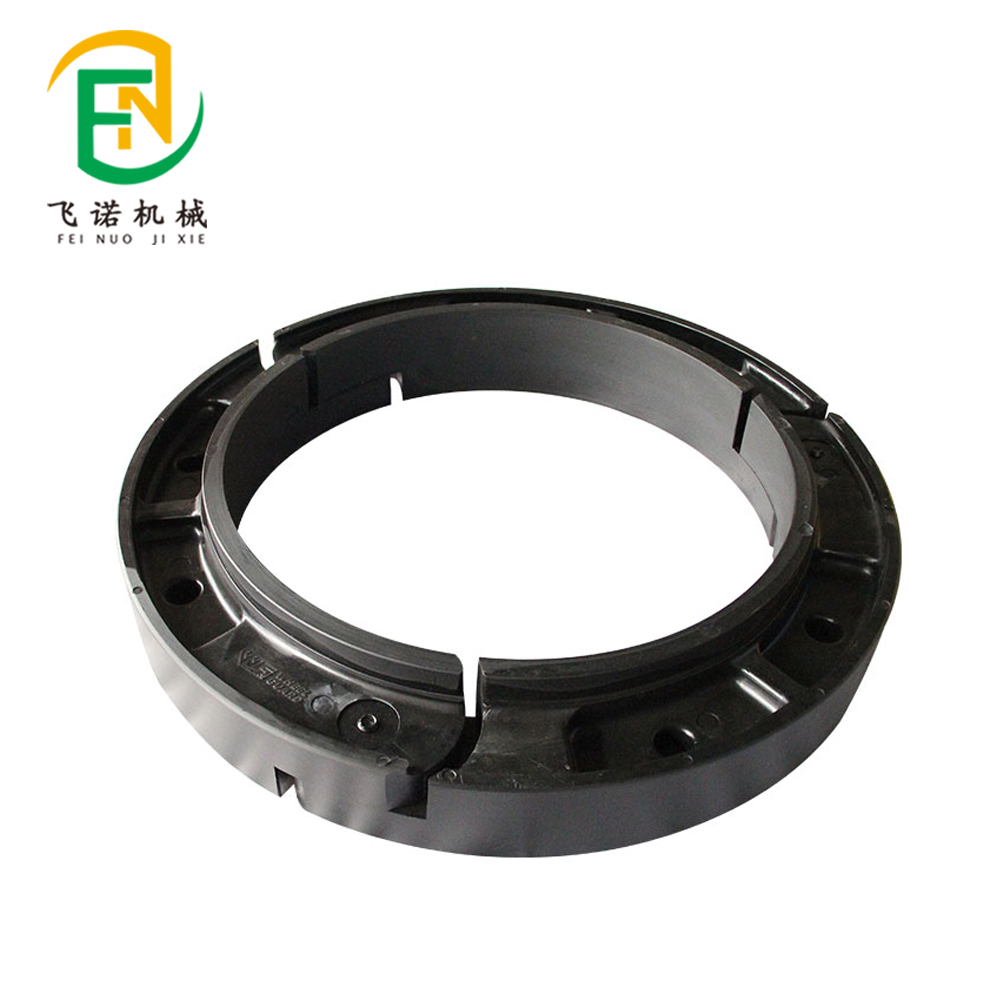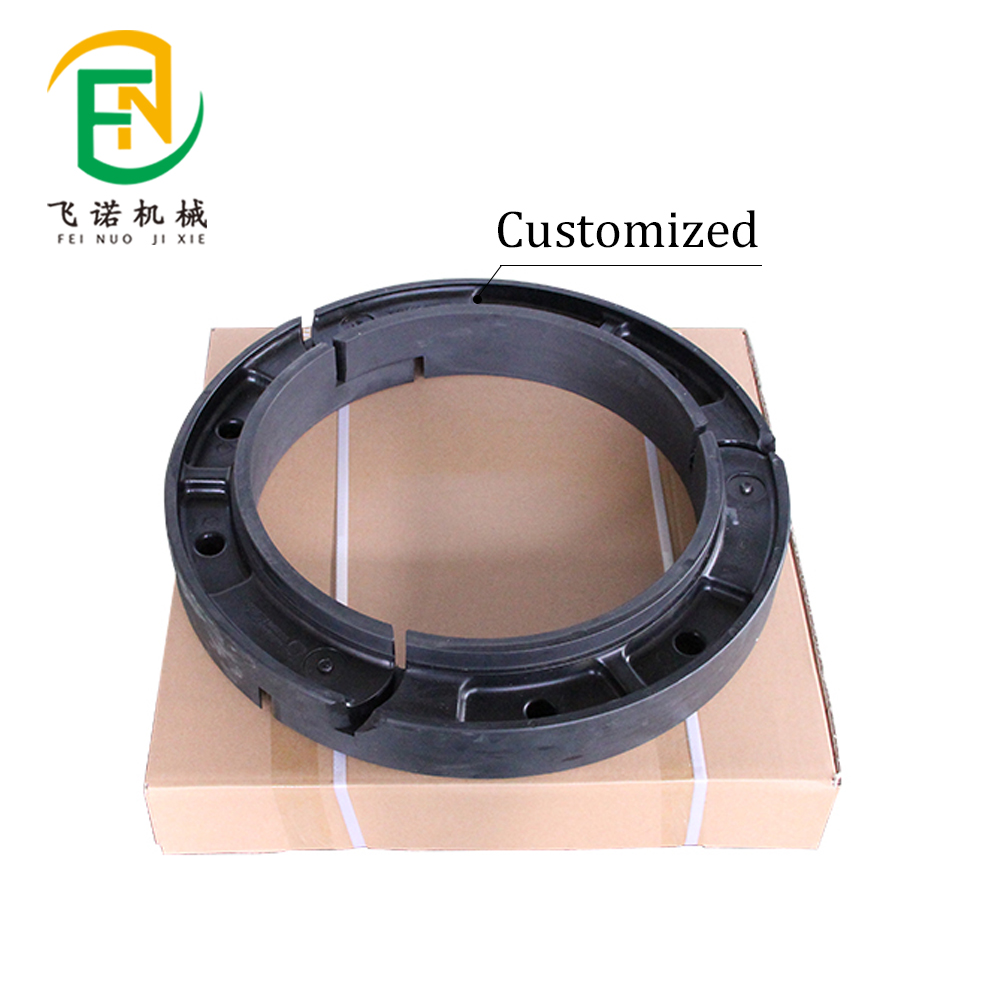- May 30, 2025
- Posted by: feinuojixie
- Category: Run Flat Guide


When it comes to athletic performance, people tend to focus on the obvious—coaching, training equipment, or even footwear. But there’s a hidden element that can make or break a game: the flooring beneath the athletes’ feet. A high-performance sports floor doesn’t just provide a flat surface to play on—it’s a critical component for safety, endurance, and speed. In recent years, one innovation has been quietly reshaping the way facilities think about flooring performance: the run flat insert. This smart addition is more than just a layer of material; it’s a carefully engineered component that enhances shock absorption, increases stability, and significantly extends the lifespan of the flooring system. In this article, we’ll explore how the run flat insert is revolutionizing sports flooring and why it’s a trend that forward-thinking facility managers, architects, and athletic directors simply can’t afford to ignore.


Understanding the Run Flat Insert: What It Is and Why It Matters
At its core, a run flat insert is a resilient structural element integrated into sports flooring systems to enhance performance and durability. Unlike traditional padding that compresses under repeated use, the run flat insert maintains its shape and functionality over time. It acts as a buffer that absorbs impact while delivering consistent energy return, which is crucial for athlete comfort and injury prevention. This innovative insert bridges the gap between comfort and support, offering a flooring experience that adapts to various sports environments without compromising safety or responsiveness.
The Evolution of Sports Flooring: From Wood Panels to Run Flat Insert
Sports flooring has come a long way since the days of simple wooden planks nailed to concrete. Modern athletes demand more from their environment, and flooring technology has evolved in response. From sprung floors to modular vinyl surfaces, the industry has seen innovations focused on shock absorption and energy restitution. The run flat insert represents the next generation—designed not only to cushion but to maintain optimal surface performance under extreme, repetitive pressure. As sports become faster and more intense, this evolution is not optional—it’s essential.
Shock Absorption and Athlete Safety: The Role of Run Flat Insert
One of the most compelling reasons to integrate a run flat insert into a sports floor is its ability to absorb shock effectively. When athletes jump, sprint, or pivot, the forces involved can place immense stress on joints, tendons, and muscles. Traditional foam underlayments can break down over time, losing their protective properties. Run flat insert systems retain their elasticity and shape, ensuring that the flooring continues to mitigate impact injuries even after years of use. This consistent performance not only protects athletes but also reduces liability for facility owners.
Stability Without Sacrifice: Why Run Flat Insert Delivers Balanced Performance
Athletes need surfaces that respond quickly and predictably. The run flat insert ensures uniform surface support across the entire playing area, regardless of movement patterns or player weight. This level of stability enhances traction, helps reduce slips, and enables smoother transitions between motions. Unlike some high-cushion solutions that create a ‘mushy’ feel underfoot, the run flat insert delivers a firm yet forgiving surface—ideal for high-intensity sports where footwork precision is critical. It’s this unique balance that makes the insert such a powerful upgrade over legacy solutions.
Run Flat Insert vs Traditional Foam: A Head-to-Head Comparison
While foam underlayments have served the industry for decades, they come with limitations. They compress unevenly over time, leading to soft spots and unpredictable surface behavior. In contrast, a run flat insert is engineered for uniform performance and long-term resilience. Foam may offer initial comfort, but it often requires replacement within a few years, while inserts can last much longer with minimal maintenance. Additionally, run flat insert systems offer better load distribution, higher durability, and lower overall lifecycle costs—making them the smarter choice for long-term facility planning.
Customization for Every Court: How Run Flat Insert Adapts to Different Sports
One size does not fit all when it comes to athletic flooring. A volleyball court requires different shock dynamics than a basketball court or a multi-use gym. The run flat insert shines in its ability to be customized for various sports environments. Its structure can be adapted to change the force reduction, energy return, and surface interaction depending on specific requirements. This adaptability allows facility managers to offer multi-sport compatibility without compromising the needs of any single sport. Whether it’s for a school gymnasium or a professional training center, this flexibility is a game-changer.
Installation Insights: What to Expect When Adding Run Flat Insert
Integrating a run flat insert into a sports flooring system doesn’t have to be complex. These inserts are typically installed beneath the surface layer—either embedded in subfloor panels or laid within pre-engineered grid systems. The installation process is designed to minimize downtime and is compatible with both new construction and retrofit projects. Importantly, because the inserts do not degrade quickly, future maintenance is reduced significantly. Builders and designers should work with manufacturers who understand sports performance requirements to ensure proper placement and calibration.
Sustainability in Sports Flooring: Run Flat Insert and Environmental Impact
Sustainability is a growing concern in every industry—including athletic facility design. The run flat insert supports greener building practices by reducing the frequency of floor replacements and minimizing material waste. Many insert systems are made from recyclable or low-VOC materials, contributing to LEED certification goals and eco-friendly construction. By extending the life of the floor and reducing the need for harsh adhesives or constant maintenance, run flat insert technology plays a valuable role in creating high-performance, low-impact sports environments.


Future-Proofing Athletic Spaces: Why Run Flat Insert Is Here to Stay
The needs of athletes and sports facilities are only growing more demanding. From youth leagues to Olympic training centers, consistent flooring performance is now a baseline expectation. A run flat insert future-proofs your space by offering a long-lasting, high-performance solution that keeps pace with evolving sports trends. Facilities that invest in this technology gain a competitive edge—not just in terms of playability, but also in reduced long-term costs, lower injury rates, and enhanced user satisfaction. As more architects and designers adopt this approach, it’s clear that the insert isn’t a trend—it’s the new standard.
Don’t Get Left Behind—Make the Move to Run Flat Insert
Innovations in sports flooring are shaping the future of how we train, compete, and recover. The run flat insert is a standout advancement that offers tangible benefits in safety, performance, longevity, and sustainability. Whether you’re upgrading a local gym or building a state-of-the-art sports complex, integrating this technology ensures you’re providing the best possible foundation for athletes to thrive. Don’t wait until your flooring fails—take the proactive step toward smarter surfaces today. The game has changed, and the run flat insert is leading the charge.
